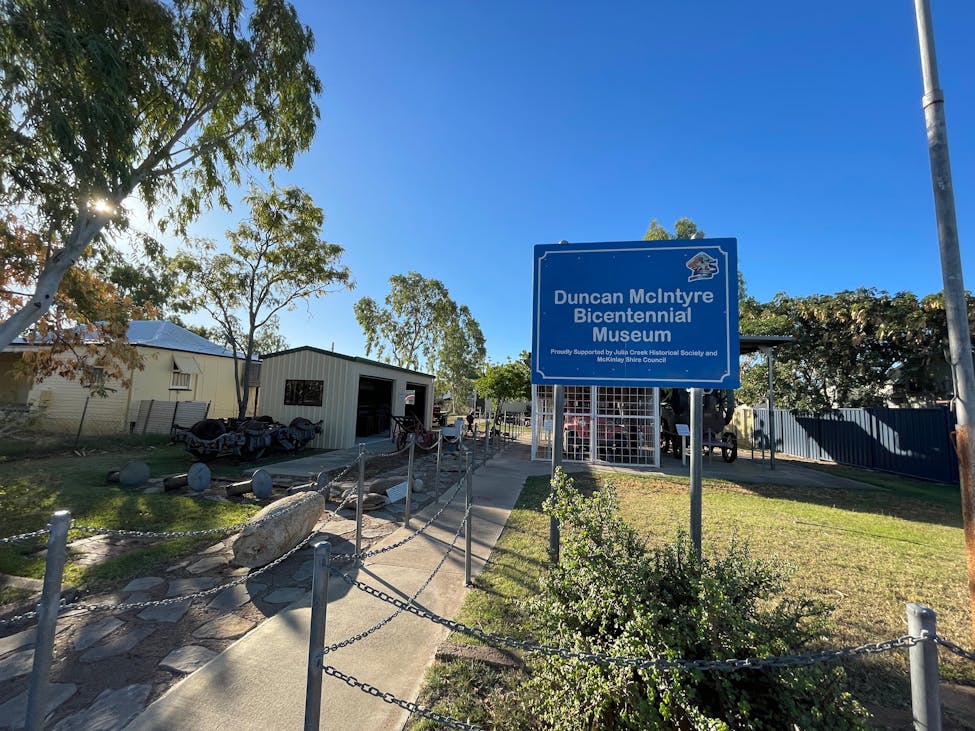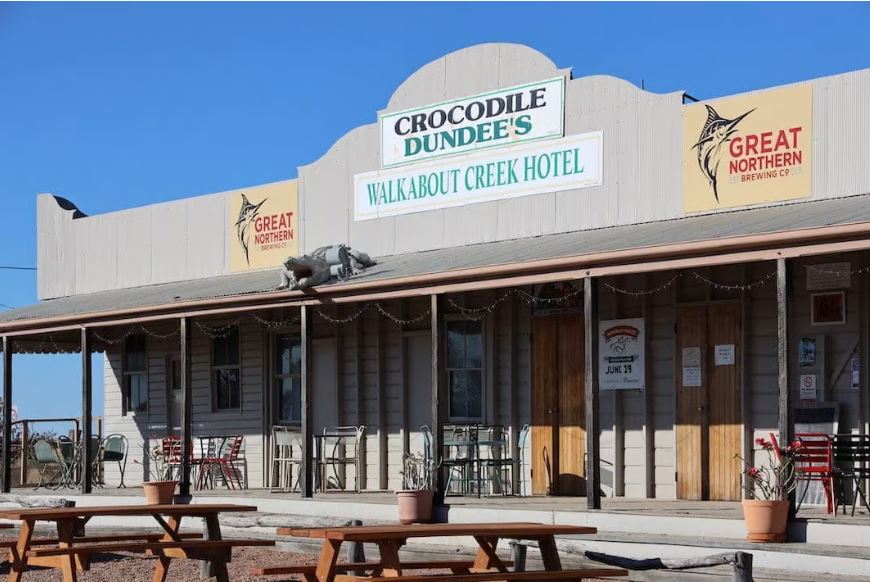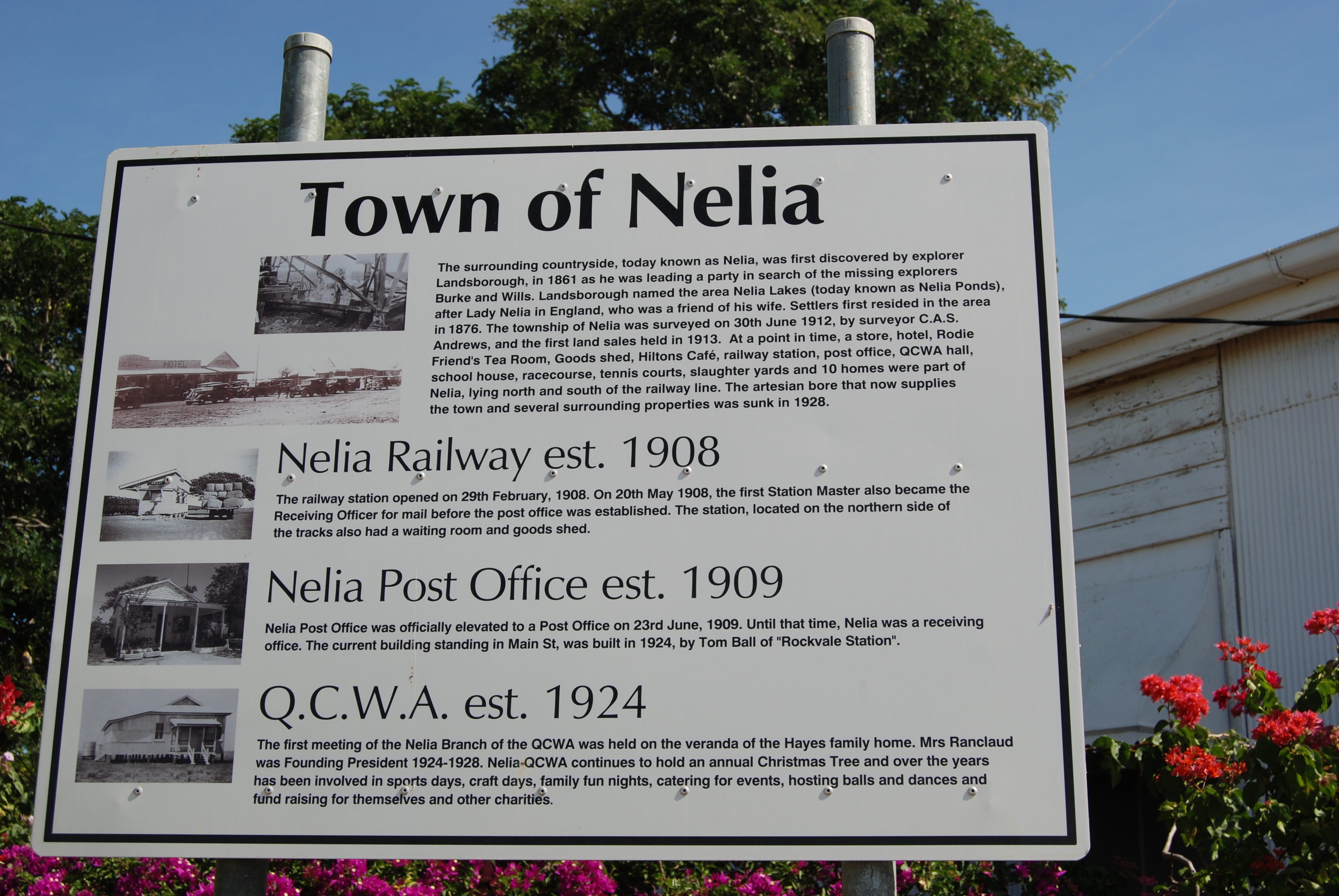Julia Creek
The first European settlement in North West Queensland occurred on what is now called Julia Creek – in 1862 just one year after Burke & Wills ill-fated expedition through the area to the north west of the shire when Donald McIntyre took up Dalgonally Station and established his base at Dalgonally waterhole. A monument to Donald McIntyre and his brother Duncan (an explorer who was sent to search for Ludwig Leichardt) can be seen by the gravesite at the Gilliat River on the boundary of Spoonbill and Dalgonally Stations.
The Town of Julia Creek was started in 1890 and was first called ‘Hilton’ until 1907 when the railway line was established and then the town was renamed after McIntyre’s niece, an Aunt Julia Campbell from near Bendigo. Julia Creek was first surveyed in July 1907.
Julia Creek commenced to grow when the railway line was extended in February 1908. The first cattle yards were built to the south of the railway line in 1908, however were relocated 3kms from town in 1960 due to the bad dust problem when loading cattle onto trains.
Julia Creek has seen significant development since the early 1900s. The first telegraph office opened in 1908, followed by the establishment of the Post Office in 1910 at the railway station, moving to its current location in 1926. In 1930, McKinlay Shire Council relocated to Julia Creek to focus on growing the district's main town, with the first bitumen streets laid soon after.
Major milestones include the arrival of electricity in 1952, a modern swimming pool in 1958, and sewerage installation in the 1960s, along with key community services such as a Civic Centre, fire brigade, and retirement units. The 1970s brought a new railway station, hospital upgrades, and sealed highways, despite challenges from natural disasters.
The 1980s introduced automatic telephones and the Duncan McIntyre Museum, showcasing local heritage. The 1990s saw the closure of schools and local banks. Since 2000, the town has invested in community infrastructure, including a skate park, medical centre, sports complex, and library, enhancing life for residents and visitors alike.

McKinlay
The township of McKinlay was established in 1888 as a staging post for the Cobb and Co. coaches and a gathering point for the graziers from surrounding properties. The McKinlay Shire Council offices were originally located in McKinlay until 1930, when they were moved to Julia Creek.
McKinlay is more recently known as the home of the Walkabout Creek Hotel. This historic pub was once the Shire Hall and has recently gained notoriety as the pub in the movie "Crocodile Dundee". The hotel was originally named the Federal Hotel and was built in 1900 and licensed in 1901.
85km west of McKinlay, lies South 32 Cannington mine, established in 1997. Cannington is the world’s largest silver and lead mine. Cannington was the official supplier of silver to the Sydney Olympics and Para-Olympics games and also the 2008 Beijing Olympics.

Kynuna
The small settlement of Kynuna is at the heart of Waltzing Matilda Country. It was in the Kynuna region, just over a century ago that Banjo Paterson wrote the words to Australia’s most famous and well-loved folk song.
Kynuna was first established on the Diamantina River at the junction of five roads as a teamsters camp and supply point for Kynuna Station and other properties on the western routes. It was gazetted as a town in 1894 and within a few years had a substantial population of up to 700 people and several hotels.
Today only one hotel remains, the Blue Heeler Hotel and it is the last remaining building with any association with the first days of the song Waltzing Matilda. Built in 1889 as the Kynuna Hotel, it is believed that the squatter, Bob MacPherson and the swagman, Samuel Hoffmeister, drank their last drinks at the bar of the Blue Heeler Hotel. Banjo Paterson also drank at the hotel and it was where the song Waltzing Matilda was first performed.

Nelia
Nelia is a small isolated town, which was named by the explorer Landsborough in 1861 as he was leading a party in search of the lost Burke and Wills expedition. Landsborough named the surrounding country side as Nelia Lakes after a lady Nelia in England, who was a friend of his wife.
Settlement first came to the area in 1876, when S.G. Watts overlanded from Victoria to take up what were the Willibah and Benannee runs. It was on part of these runs, consolidated in 1897, that the township of Nelia grew. The township was surveyed in 1912 and the first land sale was held in 1913.
